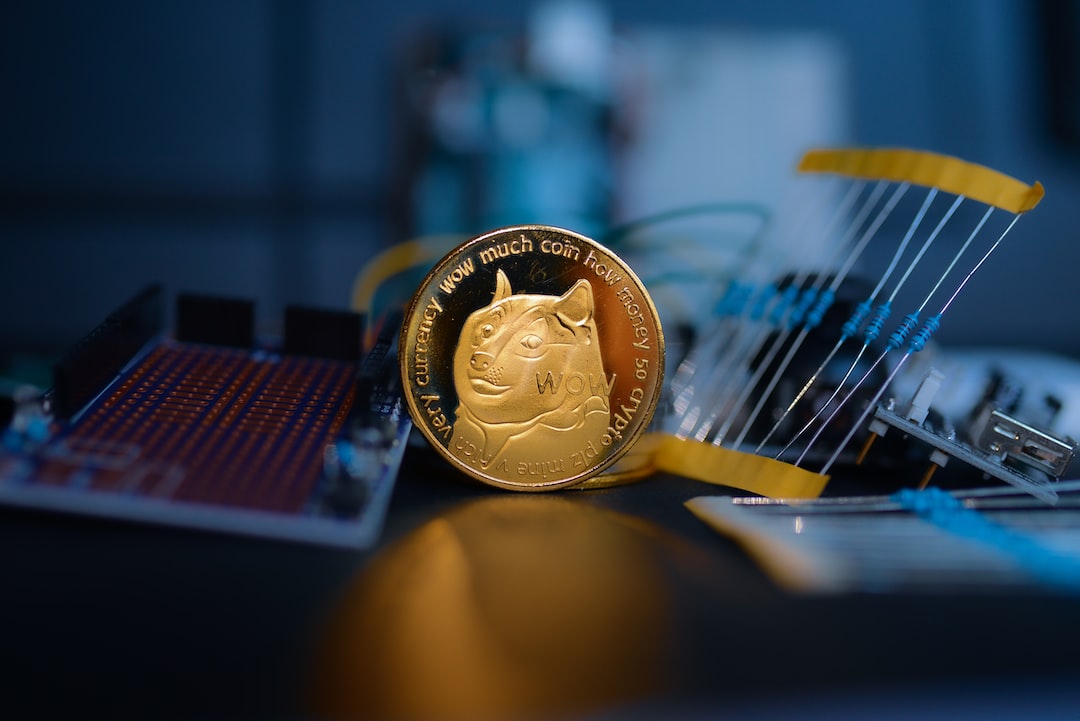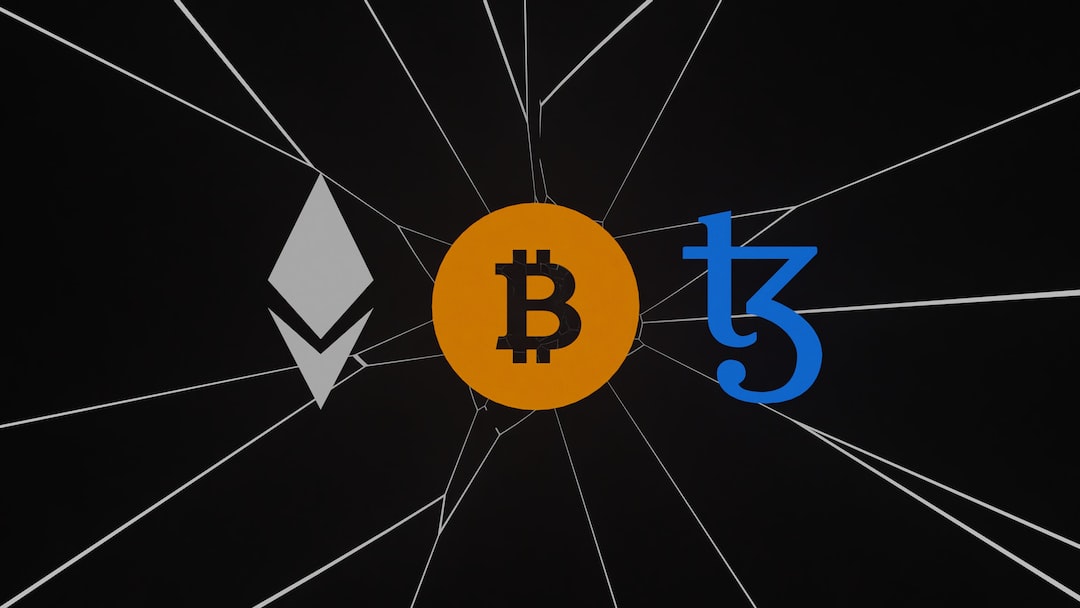Securing Your Crypto Wallet: Essential Tips for Keeping Your Investments Safe
Welcome to the exciting world of cryptocurrency investing! As you embark on this digital financial journey, it is crucial to understand the importance of securing your crypto wallet to ensure the safety of your precious investments. This article will provide you with essential tips and best practices to protect your cryptocurrencies from potential threats.
1. Choose a Reliable Crypto Wallet
The first step in securing your crypto wallet is carefully selecting a reliable wallet provider. There are various types of wallets available, including hardware wallets, software wallets, and online wallets. Hardware wallets, such as Ledger or Trezor, provide an extra layer of security as they are offline devices. Software wallets, like Exodus or Electrum, are desktop or mobile apps that offer convenient access to your cryptocurrencies. Online wallets, also known as web wallets, are accessible through a web browser.
When choosing a wallet, make sure to research and select a trusted provider with a solid track record and positive reviews. You should also consider the wallet’s features, ease of use, and compatibility with the cryptocurrencies you wish to store.
2. Enable Two-Factor Authentication (2FA)
Two-factor authentication is an additional layer of security that adds another step to the login process of your cryptocurrency wallet. It typically requires you to enter a one-time password generated by an authenticator app or sent to your mobile device. By enabling 2FA, you significantly reduce the risk of unauthorized access to your wallet.
To enable 2FA, you will need to install an authenticator app, such as Google Authenticator or Authy, on your mobile device. Then, follow the wallet provider’s instructions to link your wallet to the app and enable the authentication feature. Remember to keep a backup of the recovery codes in a secure place in case you lose access to your device.
3. Keep Your Wallet Software Up to Date
Developers regularly release updates for crypto wallet software to address any security vulnerabilities that may have been discovered. It is crucial to keep your wallet software up to date to benefit from these security patches. Make sure to regularly check for updates and install them promptly.
4. Use Strong, Unique Passwords
When creating a password for your crypto wallet, make sure it is strong and unique. Avoid using personal information, common phrases, or easily guessable passwords. A combination of uppercase and lowercase letters, numbers, and symbols will significantly enhance the security of your wallet.
Furthermore, never reuse passwords for your crypto wallet. By using the same password across multiple platforms, you increase the risk of multiple accounts being compromised if one is breached.
5. Enable Biometric Authentication (If Available)
If your wallet supports biometric authentication, such as fingerprint or face recognition, take advantage of this feature. Biometric authentication adds an extra layer of convenience and security by making it harder for unauthorized individuals to gain access to your wallet.
6. Be Wary of Phishing Attempts
Phishing is a common tactic used by hackers to deceive individuals into revealing their wallet credentials. Be cautious of emails, messages, or websites that appear to be from your wallet provider but ask for sensitive information. Always double-check the authenticity of the source.
Avoid clicking on suspicious links and be cautious when providing your wallet credentials or recovery phrases. Remember, your wallet provider will never ask for such sensitive information through unsolicited messages.
7. Backup Your Wallet
Backing up your crypto wallet is a critical step in securing your investments. If your wallet gets lost, stolen, or becomes inaccessible, having a backup allows you to regain access to your funds.
Most wallets provide a recovery phrase, also known as a seed phrase or mnemonic phrase. Write down this recovery phrase and store it in a safe place, preferably offline. Avoid taking a digital copy or storing it in a cloud storage service, as it could be compromised by hackers. With your recovery phrase, you can easily restore your wallet and access your cryptocurrencies.
FAQs
Q: Can I store multiple cryptocurrencies in one wallet?
A: Yes, many wallets support multi-currency storage. However, double-check compatibility before storing each cryptocurrency.
Q: Is it safe to store cryptocurrencies on an exchange?
A: Storing cryptocurrencies on an exchange leaves them vulnerable to hacking or theft. It is generally recommended to transfer your funds to a personal wallet for enhanced security.
Q: What if I forget my wallet password?
A: Forgetting your wallet password can result in permanent loss of access to your funds. This is why it is essential to keep a secure backup of your recovery phrase or seed and follow the wallet provider’s instructions for password retrieval or reset.
Q: Are hardware wallets necessary?
A: While not necessary, hardware wallets provide an extra layer of security by keeping your private keys offline, away from potential online threats.
Q: Can I recover my wallet if I lose my device?
A: If you have backed up your wallet and have access to your recovery phrase, you can easily restore your wallet on a new device.
By following these essential tips, you are taking proactive measures to secure your crypto wallet and protect your investments. Stay vigilant, stay informed, and enjoy the exciting world of cryptocurrency!





 By
By
 By
By
 By
By
 By
By

 By
By